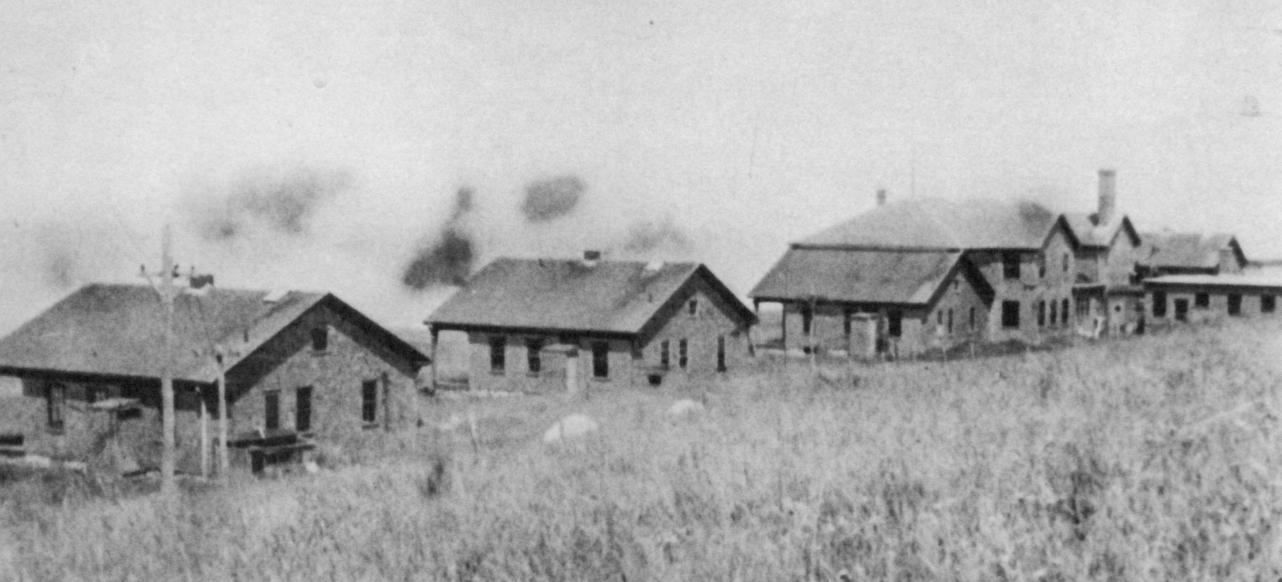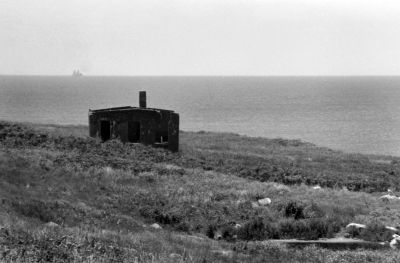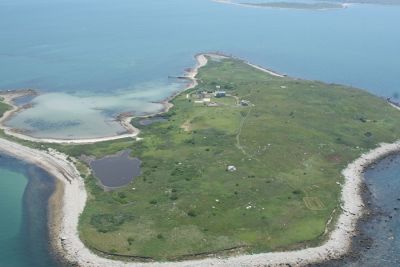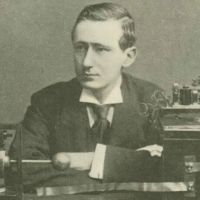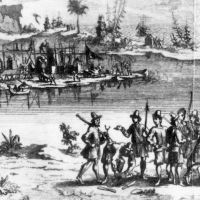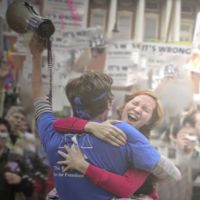Primary Source
In February 1916,Dr. Parker appeared before a Senate committee looking into the care of patients with Hansen's disease. In preparation, he wrote a report summarizing his experience on Penikese and the difficulty of retaining staff in such an isolated setting. Experience has shown that the chief obstacle to continuity of service is the solitude, and this applies to the nurses and attendants as well as to those who do not come into contact with the patients. From the hill on Penikese one may look away to the mainland or may see the small white houses upon Cuttyhunk. In clear weather the smokestacks in New Bedford show red in the sun.
It is not surprising that the temper of gregarious man cannot long endure it. Solitude may be precious by way of change; it is deadly when change is lacking. A constant sameness saps the sweetness from the best personality, ruffles the gentlest temper and tends to create petty jealousies and feuds in miniature. And so it is with Penikese. . . In all, since the beginning there have been 87 different regular employes at the island, even though the average number employed at any one time during that period has not exceeded 10. . .
To the heavy-hearted patient the doctor represents a community that without just cause has found him in a distress not of his own doing; has taken from him his liberty - his sole possession remaining; and has cast him out to the elements. No earnest care, no tenderness can compensate him for that act. Society has made him its enemy. . ."
Rules for the hospital:
"It began to be apparent to the Board that a hospital for the care and treatment of the most dreaded disease known to mankind must, especially when located as remotely as Penikese, inevitably tend ever to become less and less an hospital and more and more a mere dumping ground for persons cast out from society and shunned by all men. . . The hard position of the patient has been fully recognized. He is confined against his will. He may not go among his fellow men. He is denied all that life held dear. In this plight the board is firm in its determination that he shall not be exploited nor made an exhibition of. As a result of this determination, visitation of the hospital is confined to officials, bona fide students, relatives and friends. The merely curious are obliged to stay away. Furthermore, visitors are not permitted to bring cameras upon the island, and no photographs of patients are permitted except for the purpose of medical record. Neither may the name of any patient be used or his identity revealed without his full consent. From this point of view of the journalist these rules seem unduly severe. From the point of view of the exile they are no more than just, no less than kind.
Quoted in "The Exiles of Penikese Island: Politics, Prejudice and the Public Healthy" by Paul Cyr in Spinner, Vol. III (1984).


